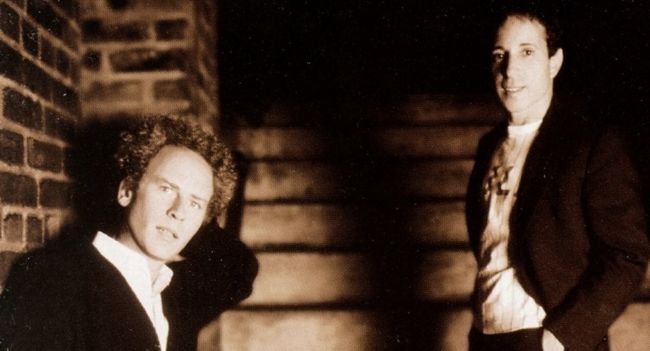Negative harmony, what’s that? Disharmony, perhaps? Negative harmony is a musical concept that is complex & difficult to explain. It can be difficult for musicians to get their heads around, never mind non-musicians. At a simple level, every note in a major scale has its negative harmonic counterpart, so negative harmony is switching these notes.
YoshiAsk jokes that “Now it sounds like darkness is actually his friend” while nono-xm8yl jests that “Negative harmony just seems to turn everything into an indie rock song.” Jadyoufree comments: “It’s fascinating how the application of this algorithmic process ends up (most of the time) with a completely functional song (if a little ‘avant garde’ at some times).” If you like the idea of negative harmony takes on contemporary songs, there are plenty more on Steve Cruickshank’s YouTube page.
Negative harmony is a concept that emerged from the work of Swiss musicologist Ernst Levy who publicised A Theory in Harmony in 1985. Scholars also point to the work of Hugo Riemann & the jazz improvisations of Steve Coleman. The following video is for the interest of musicians & those intrigued by the theory of negative harmony. If you are more interested in the novelty of hearing unusual popular songs, Steve Cruickshank’s YouTube channel will be linked at the end of this article.
Interestingly, while the concept of negative harmony is modern, there are moments in the works of Beethoven, Bach, Mozart and other classical composers where they deploy the technique for musical variation.
Negative harmony is a rare example of an obscure and abstract music-theory concept that has gained popularity as a tool for composition and improvisation in recent years. Most commentators trace this interest to the YouTube video of a 2017 interview with jazz musician Jacob Collier. Unfortunately, the video of Collier is poor quality and Collier speaks fast, so while the video popularised negative harmony, it also maintained its mystique. Yes Classical Music concludes: “It’s amazing that a single concept of high-level musical theory has even made it this far into the collective conscious of musicians’ minds. I guess that’s the power of making music on YouTube”.
Steve Cruickshank has negative harmony covers of a wide range of songs – from Toto’s Africa to Nirvana’s Smell’s like Teen Spirit – on his YouTube channel. All of them are interesting and many are fun to listen to. If you would like to see more from Steve Cruickshank, you can subscribe to his YouTube channel.
